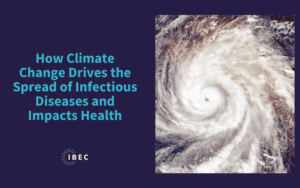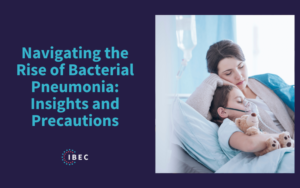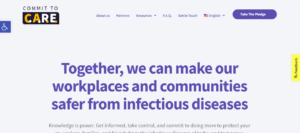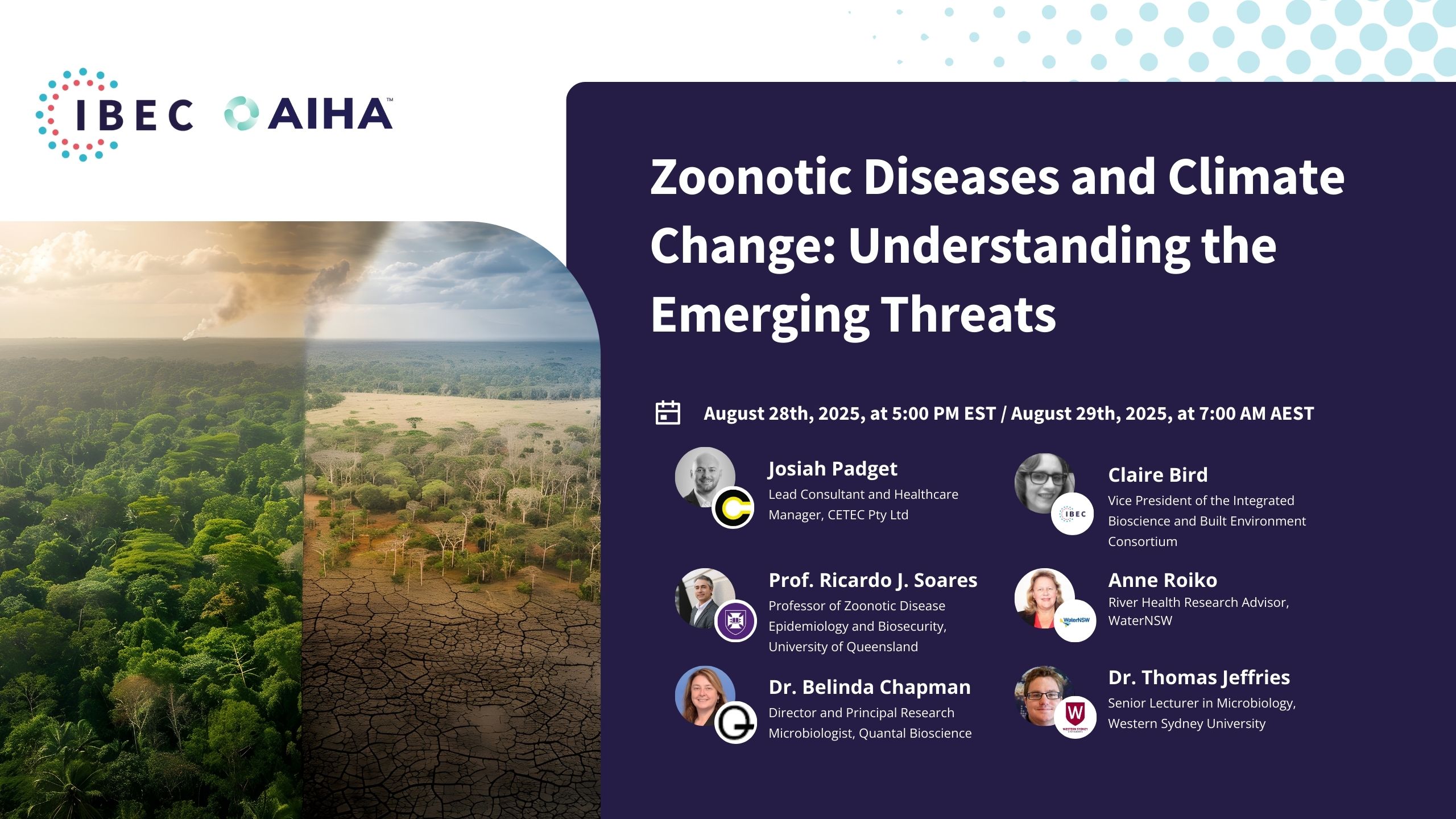JN.1 is a highly contagious, fast-spreading subvariant of omicron that has become the dominant strain in the country. According to data from the Centers for Disease Control and Prevention (CDC), in recent weeks, JN.1 has accounted for almost two-thirds of all COVID-19 cases in the US.
What is the JN.1 variant?
A new COVID-19 variant, JN.1, was first identified in August 2023 and has since spread to 40 countries. It is a subvariant of the omicron BA.2.86 variant, which has gained a significantly higher transmission ability and is an immune-evasive version of omicron.

What’s different about JN.1 compared to other omicron?
JN.1 has not been associated with different symptoms than previous variants. In fact, they are quite similar, including fever, cough, fatigue, headache, sore throat, congestion, runny nose, and muscle aches. However, some doctors have reported that upper respiratory symptoms seem to start with a sore throat, followed by congestion and a cough.
JN.1 is significantly more transmissible than its parental virus, BA.2.86.
Will JN.1 cause a surge?
At a glance, it seems possible for JN.1 to cause a surge in COVID-19 cases in the US, but it is too early to say. The test positivity rate is rising, and wastewater data shows that the viral activity level for COVID-19 is currently very high nationally. There has been an uptick in COVID-19 hospitalizations across the country, although less significant than the one experienced in January 2022. Nevertheless, it is too early in the year to make accurate assumptions regarding what the surge may look like.
Will the new COVID-19 vaccines protect against JN.1?
The new COVID-19 vaccines are expected to increase protection against JN.1 and other variants. Previous vaccines were based on SARS-CoV-2 variants that are very different from current ones. That, combined with the fact that your immunity from vaccination or infection tends to drop off over time, means that you won’t get a lot of protection from COVID-19 if you rely on the vaccines you received nearly a year ago. It’s very similar to why we have annual influenza vaccines: The virus is changing, so we have to change the vaccine to ensure it matches the virus variants that are causing infection now.
How can I protect myself from JN.1?
As with other respiratory viruses – such as the Respiratory Syncytial Virus (RSV) and the flu – and previous COVID-19 variants, the 4 D’s – Duration, Density, Dilution, and Distance – are your best allies and an important tool when it comes to mitigating the risk of getting infected with an airborne infectious disease.
The Second D: Density
Density – referring to the number of people infected and not showing signs, unvaccinated, and not wearing masks in a given space – is a critical concept to consider when trying to protect yourself and others from JN.1. You might not be able to limit your encounters with people that might be infected but you can:
- Stay up to date with COVID-19 vaccines. Staying on top of your boosters ensures you have immune protection against more recent variants.
- Get tested if you have symptoms. Testing immediately when presenting COVID-19-like symptoms helps confirm if you have it and reduces the chances of putting the health and safety of those around you at risk.
- Isolate if you have COVID-19. If you test positive, the CDC encourages individuals to report the result to their healthcare provider and any recent or close contacts so that they can keep themselves and those around them safe. If you test positive, the CDC encourages individuals to report the result to their healthcare provider and any recent or close contacts so that they can keep themselves and those around them safe. Although self-isolation is no longer mandatory, it is always recommended.
- Wear a mask in crowded, indoor spaces.
The Third D: Dilution
When possible, also consider Dilution.
Remember, being outdoors is safer compared to being indoors, thanks to how easy it is to dilute viruses due to more open space, moving air, and the aid of sunlight. Improving the ventilation in your workplace through enhancing your HVAC system, using in-room air cleaners, or simply opening the windows when none of the above are possible can help you protect yourself from JN.1.
Are you looking for detailed yet simple advice to help you protect yourself, your workplace, and your community against infectious diseases like the JN.1 subvariant of the virus that causes COVID-19? Make sure you visit Commit to C.A.R.E for resources on assessing and mitigating your risk of transmission and spread, tools to improve air quality in indoor spaces, and the most up-to-date information about supplemental technologies.
Related Blogposts
How Climate Change is Propelling the Spread of Infectious Disease
By Stephane Bilodeau, Eng., Ph.D., FEC, Chief Science Officer at IBECClimate change is not only an ecological crisis; it fundamentally alters public health dynamics worldwide…
IBEC Statement on the Quarantine of Cargo Ship in Argentina Due to Suspected Mpox Case
The recent news regarding the quarantine of a cargo ship near Argentina’s Rosario Port due to a suspected case of mpox underscores the continued global…
Interdisciplinary Collaboration in Environmental Science: Pioneering Health Solutions with IBEC’s New CSO
The Integrated Bioscience and Built Environment Consortium (IBEC) proudly introduces its new Chief Scientific Officer (CSO), Stephane Bilodeau. Bringing over 25 years of diverse experience…
Navigating the Rise of Bacterial Pneumonia: Insights and Precautions
Navigating the Rise of Bacterial Pneumonia: Insights and Precautions As winter’s chill sets in, health professionals and organizations brace for the annual uptick in respiratory…
Pioneering Steps to Control Infectious Aerosols: Dr. Claire Bird Offers Expert Insight on ASHRAE’s New Draft Standard
As we navigate through the challenges posed by the COVID-19 pandemic and other airborne diseases, there is a dire need to implement measures that will…
IBEC Takes the Lead in Developing a Framework for Reducing Indoor Pathogen Transmission
Dear IBEC Partners and Supporters, As we continue to navigate the ongoing threat of airborne pathogens transmission in our shared indoor communities, it’s more important…
New Commit To C.A.R.E. Resources Deliver Innovative Indoor Air Quality Solutions for Safer Workplaces
The Commit to C.A.R.E initiative The Integrated Bioscience and Built Environment Consortium (IBEC) and The American Industrial Hygiene Association (AIHA), two leading organizations committed to…
Staying Ahead of Severe GAS Infections and Other Secondary Bacterial Infections
Severe Group A Streptococcal (GAS) infections, including invasive disease (iGAS), can lead to life-threatening illness and death. CDC is looking into an increase in…
Industry Leader L’Oréal Pledges to Support Commit to C.A.R.E.
Industry Leader L’Oréal Pledges to Support Commit to C.A.R.E. With health experts warning of the triple threat of the continued spread of new COVID-19…
C.L.E.A.N. Lessons Learned: How to protect the healthcare system from current and future pandemics
The COVID-19 pandemic caught the world off guard. Health organizations all over the globe rushed into a quick response to protect people from the threat…










